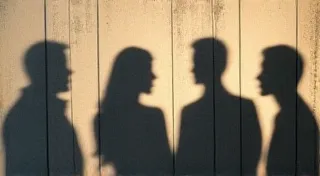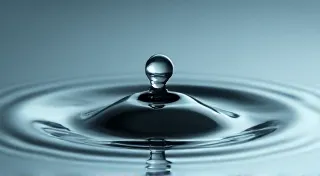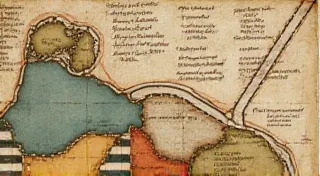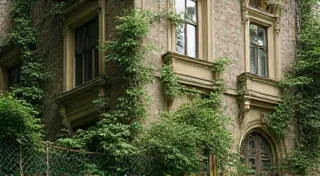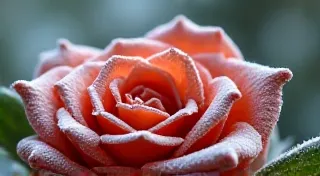The Collector's Labyrinth: Tracing Provenance and Building a Vintage Needle Collection
There’s a quiet intimacy in holding a hand tool crafted over a century ago. An antique knitting needle isn’t just a piece of metal; it’s a whisper of a life lived, a tangible link to generations of makers and creators. For the aspiring collector, embarking on the journey of building a vintage needle collection can be a deeply rewarding, albeit complex, labyrinth. It demands patience, a keen eye, and a genuine appreciation for the history interwoven within these unassuming tools.
My own fascination began with a single, tarnished pair of bone needles discovered tucked away in my grandmother’s attic. They were simple, unremarkable even, but holding them, imagining her hands guiding yarn through their points, sparked a curiosity that has only deepened over the years. It wasn’t about the monetary value; it was about the connection, the story they held.
The Evolution of Knitting Needles: A Historical Context
Before the mass production we know today, knitting needles were almost exclusively handmade. The materials used tell their own story. Early needles were crafted from bone – often cattle or sheep – readily available and easily shaped. Ivory was a prized material, particularly in Europe, signifying status and wealth. Wood, primarily cherry, maple, and ebony, provided a warmer feel and offered beautiful grain patterns. Later, metals like steel and brass entered the picture, offering increased durability and a distinct aesthetic.
The development of knitting itself greatly influenced needle design. Initially, knitters used two single-pointed needles, often quite long and unwieldy. The advent of circular knitting, popularised in the 18th and 19th centuries, led to the creation of needles joined by flexible cords, opening up new possibilities for larger projects and intricate patterns. Then came double-pointed needles, crucial for creating seamless tubes like socks and mittens.
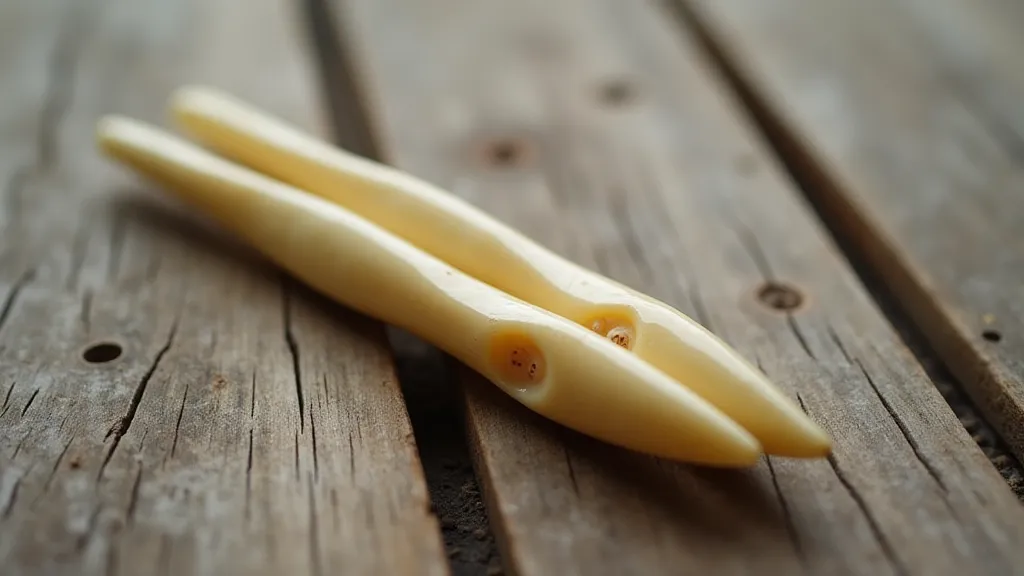
Identifying Key Materials and Construction
The first step in identifying a vintage needle is material assessment. Bone needles often show evidence of being shaped by hand – subtle irregularities and tool marks are common. Ivory, when authentic, possesses a characteristic warmth and subtle luster. Wood, particularly older specimens, can exhibit checking (small cracks) and discoloration due to age and exposure. Metal needles, especially early brass ones, can tarnish significantly.
Construction also provides clues. Hand-carved needles often have a rougher, less uniform appearance than those produced by machine. Look for signs of the maker's skill – the smoothness of the taper, the precision of the point. Early metal needles were often joined with rivets or screws, a testament to the technology of the time.
Pay close attention to the points themselves. Early knitting needles were often blunt, designed for the thicker, coarser yarns available. As knitting evolved, points became sharper and more refined, allowing for finer stitches and more intricate designs. The stories held within these tools are often revealed through careful observation of these details – and understanding the subtle nuances that distinguish a truly antique piece requires an appreciation for how design and materials reflect the era they represent. Discovering these connections is a key part of why many collectors are drawn to this fascinating field; it's not just about possessing objects, but uncovering narratives.
Deciphering Markings and Patents
While not always present, markings can provide invaluable information about a needle's origin and age. Some makers stamped their initials or names directly onto the needles. Others used patent dates or manufacturing codes. Researching these markings can lead you down fascinating historical rabbit holes, connecting you with specific workshops and families of makers. Even subtle clues, such as the style of font used in a stamped mark, can offer insights into the period the needle was made. This is where a deeper dive into regional variations becomes particularly rewarding, as you begin to recognize the distinctive hallmarks of specific crafting traditions. For those interested in such details, resources exploring The Subtle Art of Knowing: Identifying Regional Styles in Antique Knitting Needle Craftsmanship can offer a wealth of information.
Patent dates, particularly those pre-1900, can help narrow down the age of a needle. Records of US and European patents are readily accessible online, offering a wealth of information for the diligent researcher. Even a seemingly insignificant number can unlock a wealth of historical context. It's remarkable how a simple series of digits can transport you back to a specific moment in time, allowing you to trace the evolution of knitting technology and the ingenuity of early inventors.
Distinguishing Authenticity from Reproduction
The burgeoning interest in vintage crafting tools has unfortunately led to the production of reproductions. Recognizing these fakes requires a critical eye and a good understanding of the characteristics of genuine antique needles.
Reproductions often lack the subtle imperfections of hand-carved needles. The points may be too perfectly formed, the tapers too uniform. The finish may appear too pristine, lacking the patina of age. Pay close attention to the material – many reproductions use plastics or modern alloys that simply lack the authenticity of the originals. The tactile experience is often a giveaway; modern materials frequently feel colder and lack the weight and resonance of the materials used in older needles. It’s often said that a piece reveals its true nature in your hands.
The weight of a needle can also be a revealing factor. Genuine antique needles, especially those made of bone or ivory, tend to be heavier than modern equivalents. A seemingly lightweight needle should raise a red flag. Often, reproductions are made to mimic the aesthetics of vintage needles but fail to capture the density of the original materials, a critical detail for discerning collectors.
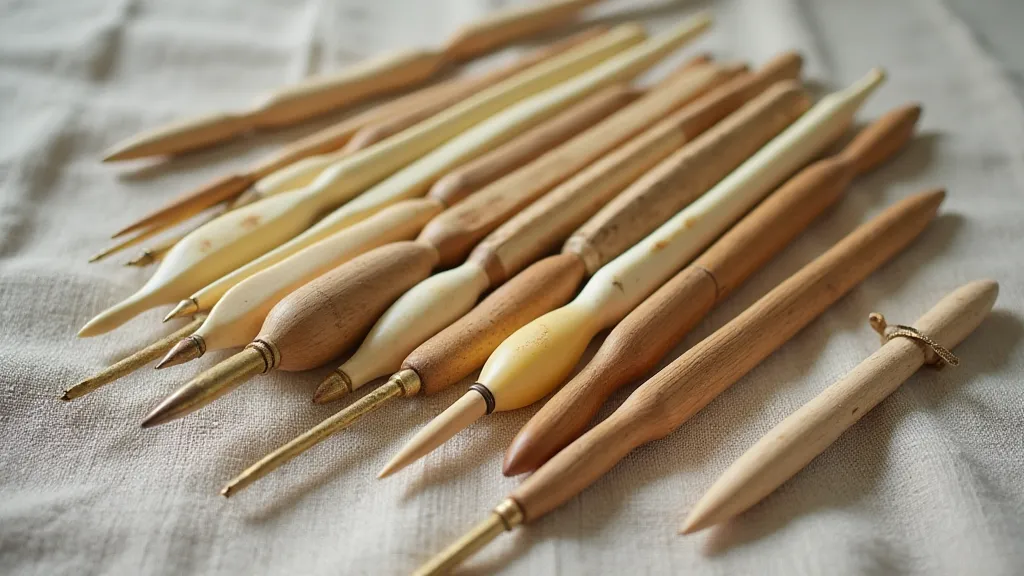
Building Your Collection: Strategies and Considerations
Building a valuable vintage needle collection is a journey, not a sprint. Start by focusing on a specific area – perhaps needles made from a particular material, or those originating from a specific region. This focused approach will allow you to develop expertise and identify exceptional pieces.
Attend antique markets, flea markets, and online auctions. Network with other collectors and dealers. Ask questions, learn from their experience, and cultivate your eye for detail. Don't be afraid to handle the needles – the feel of the material can often be more revealing than a visual inspection. The emotional connection to these tools is also a vital component of the collecting experience; each piece carries echoes of the past, and understanding those stories adds another layer of appreciation. For those captivated by the narrative potential of vintage needles, exploring The Whispers of Bone: Unearthing Stories in Antique Knitting Needles provides a profound look into the lives interwoven with these artifacts.
Consider the aesthetic appeal of your collection. While rarity and historical significance are important factors, you should also choose pieces that you find beautiful and inspiring. A collection that tells a story, that reflects your personal taste, will be all the more rewarding. The tools you choose to surround yourself with should not only be valuable but also personally meaningful, adding a layer of joy and connection to your collecting journey.
Restoration and Preservation: A Gentle Touch
While some collectors prefer to preserve their needles in their original, weathered condition, others choose to undertake gentle restoration. However, it's crucial to approach restoration with caution. Harsh chemicals or abrasive cleaning methods can damage the material and diminish the needle’s value.
For bone and ivory needles, a simple cleaning with mild soap and warm water may be sufficient. For metal needles, a careful polishing with a soft cloth can remove tarnish and reveal their original luster. Always consult with a professional conservator for more complex restoration projects.
Ultimately, the goal is to preserve the integrity of the needle, allowing it to tell its story for generations to come. The emotional resonance of owning a piece of history is immeasurable, and the responsibility of preserving that legacy is a privilege for any collector. Understanding the power of these objects and the stories they hold is essential to the entire experience – a silent partnership between the collector and the past. Collectors often find themselves drawn to the deeper meaning behind the objects, and the role they played in the lives of others, and delving into The Silent Partnership: Needles and the Stories They Hold can offer a moving exploration of this connection.
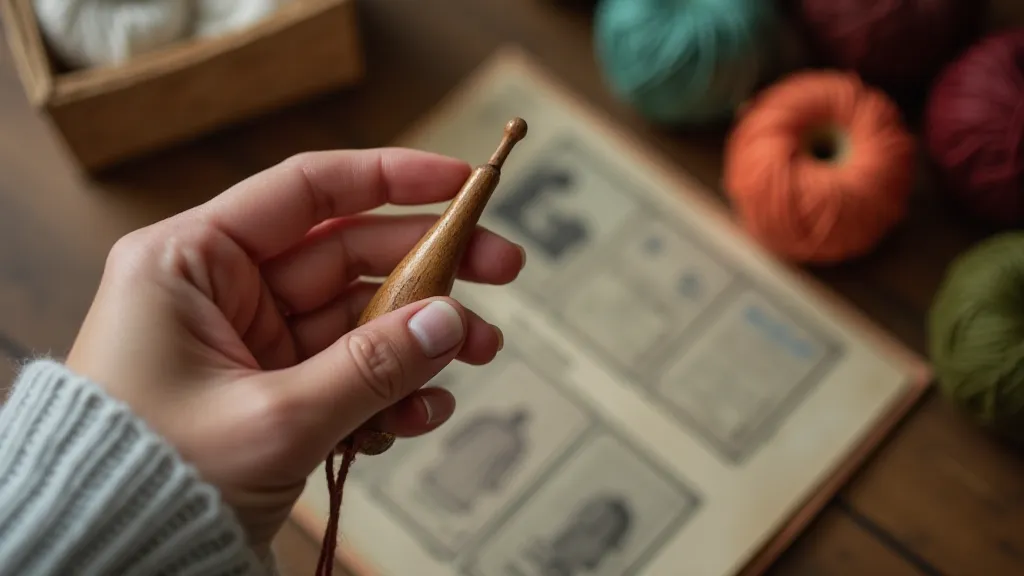
The world of vintage knitting needles offers a profound connection to the past – a chance to hold history in your hands and appreciate the enduring legacy of craftsmanship. The collector’s labyrinth may be complex, but the rewards – the stories uncovered, the beauty appreciated, the connections made – are truly immeasurable. And as techniques have progressed, so too has the way in which metals are used. Delving into the evolution of metals in knitting tools unveils a fascinating story of innovation and adaptation, highlighting the interplay between technology and artistic expression.
